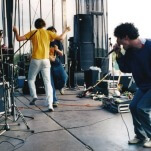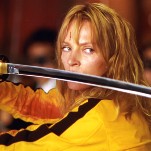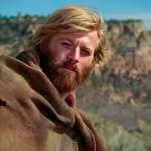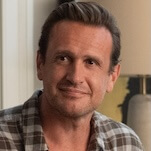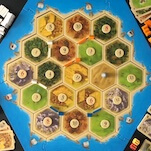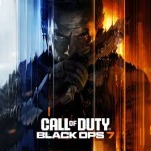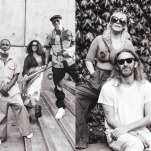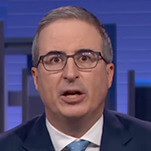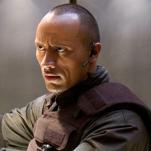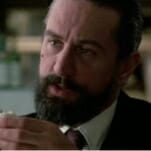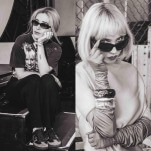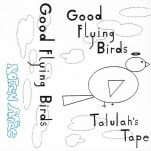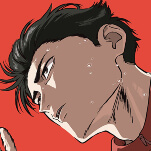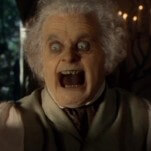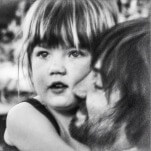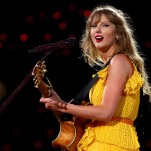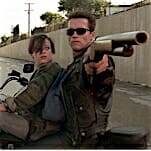Film School: Purple Noon
Subscriber Exclusive
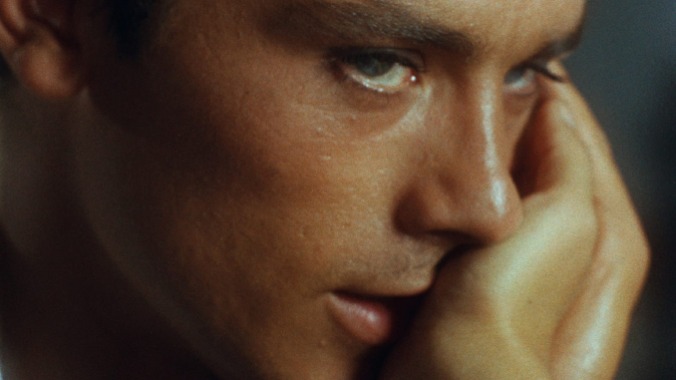
Welcome to Film School! This is a column focused on movie history and all the stars, filmmakers, events, laws and, yes, movies that helped write it. Film School is a place to learn—no homework required.
Alain Delon had the kind of beauty that inspires poems and paintings. But it was a cold beauty. There was not the slightest softness to him. He kept his emotions close to his chest, allowing directors to project onto him whatever they needed. He could believably don any mask he was asked to wear, portray feeling with subtle conviction. Nevertheless, when the lights came up, any temporary grasp audiences had on him soon dissipated. His essence was “a pit of unknowability,” according to critic Sheila O’Malley. “The mystery remains intact. Always.”
Delon knew the stupefying effect his visage had on people, and considered it an impediment to being taken seriously as an actor; “I have been fighting for years to make people forget that I am just a pretty boy with a beautiful face. It’s a hard fight, but I will win it.”
Yet his beauty proved, time and again, to be a vital weapon in his actorly artillery. His particular brand of enigmatic charisma, exquisite mystique, was the engine behind many of the best European films of the 1960s—the first being 1960’s Purple Noon, which was the debut cinematic adaptation of Patricia Highsmith’s The Talented Mr. Ripley.
Tom Ripley (Delon) is a con artist, who’s finagled his way into an all-expenses paid trip to sunny Italy, ostensibly so he can bring irresponsible playboy Philippe Greenleaf (Maurice Ronet), back home to his father. Wheedling his way into his acquaintance, enjoying al fresco meals together in many a picturesque piazza, Tom finds he rather likes Philippe’s life, and wants it for himself. So he decides to murder him, and steal his identity. Unsurprisingly, this plan has its complications. Purple Noon tracks his painstaking attempts to get away with it.
Although Delon was peerlessly handsome, Maurice Ronet was seven years older, a little taller and broader, and more experienced in front of a camera. The discrepancy between the two actors helps to illuminate the film’s first act, where Tom is like a pesky little brother whom Philippe finds irritating, and just keeps around to make himself feel superior. He’s unnerved to discover Tom dressed in his clothes and impersonating him in front of a mirror, sure, but it’s easy enough to file away as a misplaced act of adoration. For a while, anyway.
In Purple Noon’s pivotal sequence, Tom, Philippe and Philippe’s girlfriend Marge (Marie Laforêt) head out for a jaunt in the ocean on a yacht. Throughout the movie, Philippe has enjoyed needling Tom about the difference in their statuses. That intensifies on the yacht. He mocks him for not knowing the right cutlery to use, he tries to make him feel like a third wheel via his make-out sessions with Marge—at one point, he maroons him in dinghy in the middle of the sea, and when he reels him back in, Tom has been badly sunburned.
During these “teasing” interactions, both men are all smiles, but Delon lets us see the rising hatred beneath Tom’s good-natured veneer. He grins, though there’s a cool fury in his eyes. Once Marge has been deposited back on dry land, after Tom engineers a fight between her and Philippe, the two men are alone in the middle of miles and miles of ocean.
This is when Delon’s mesmeric inscrutability takes flight. Earlier, Tom laughingly told Philippe of his plans to kill him. Philippe thought he was joking. But what with the mirror incident, and finding his own bank statements scuttled away with Tom’s things on the yacht… increasingly, he can’t be sure. Once Marge has left, they continue bantering about the “theoretical” murder, and how Tom would go about covering it up, as they play a game of cards. While Tom is as composed as ever, Philippe becomes ever more uneasy.
-

-

-

-

-

- Curated Home Page Articles By Test Admin October 21, 2025 | 3:10pm
-

- Curated Home Page Articles By Test Admin October 21, 2025 | 2:57pm
- Urls By Test Admin October 21, 2025 | 2:57pm
- Curated Home Page Articles By Test Admin October 21, 2025 | 2:55pm
-

-

-

-

-

-

-

-

-

-

-

-

-

-

-

-

-

-

-

-

-

-

-

-

-

-

-

-

-

-

